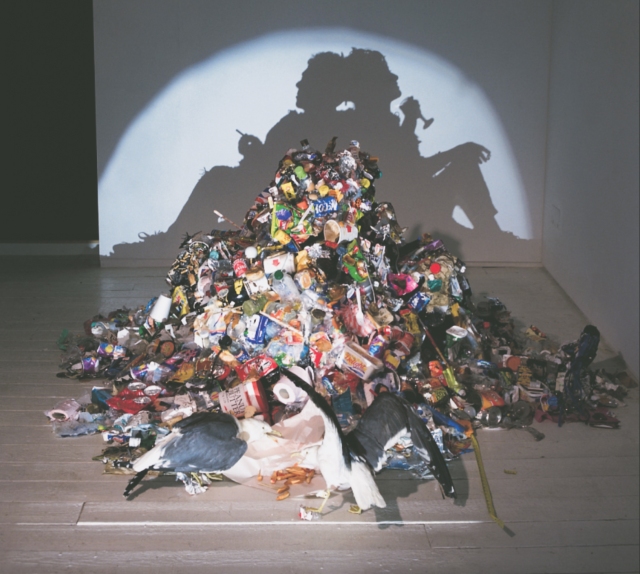You may be a little confused by my choice of the title of this first article and wonder why am I trying to connect the current president of USA, cigarettes art and politics. Well, let me start this off with a quote that I think very well expresses what I’m trying to say.
“The opinion that art should have nothing to do with politics is itself a political attitude.”
(George Orwell)
If you think that trying to connect art and politics is stupid and pointless, well hold on. Nowadays, in the world of internet, media and technology the art is everywhere around us. It can find you while you’re scrolling through your feed on Facebook or wait for you on the corner of the street you pass every day, you can see it in the news you read or hear it playing on the radio. I could go on and tell you that art is hidden in every single one of us and that people themselves are art, but this article is not exactly about that.
The point I’m trying to get to, is that the art is one of the most influential means of communication today, even if we don’t always realise that.
And even though you may not agree with that, you can’t deny that art has a great power. Every piece of artwork carries some kind of statement, the form of self-expression, that you sometimes may not see at the first glance, but it’s almost always there. Art is created by people, by members of this society and so it reacts to political and economic changes in the world and to all its struggles.
At the end of the day art reflects life, sometimes it imitates it, but mostly it allows us to express ourselves. Sometimes the messages behind it are hidden, and in cases like this one an artist uses his work to share his statement and beliefs very clearly.
This first article is dedicated to the British artist Antony Micallef, more specific to one of his most famous artworks – a series of miniature oil portraits of Donald Trump on the front of Marlboro cigarette packets, “finally putting the presidential candidate’s image to good use”.
 Bearing the now familiar “Smoking kills” tagline, Micallef, is trying to express the threat that Trump means for the society. As he explains, “I thought a warning sign of the imminent danger of a narcissistic sociopath fitted aptly into the concept.”
Bearing the now familiar “Smoking kills” tagline, Micallef, is trying to express the threat that Trump means for the society. As he explains, “I thought a warning sign of the imminent danger of a narcissistic sociopath fitted aptly into the concept.”
He says, “I think Trump being elected is born through a lack of desperation and lack of education. When we swap education for entertainment and take away cohesiveness by stripping jobs, extremism grows. It grows in all forms like a fungus or a cancer and spreads to all the weak parts of society who desperately want to belong to something.”
And his work was met with a great support. You can see people printing these pictures on their t-shirts, carrying them as signs to protests or simply posting them all over social media and that’s definitely not something neglectable. Now whatever your political beliefs and opinions are, you cannot deny that art is a very powerful means of communication with huge audience and following.
Micallef’s work in this case is a great reminder that artists will always have something to say and they will continue to challenge, provoke and inspire, no matter what.
Keep up with Micallef’s work online antonymicallef.com + @antonymicaellef
Sources:
http://www.gq-magazine.co.uk/article/donald-trump-antony-micallef
http://antonymicallef.com
Picture from:
https://www.instagram.com/p/BPiE2DMlWSa/?hl=en&taken-by=antonymicallef
















 Bearing the now familiar “Smoking kills” tagline, Micallef, is trying to express the threat that Trump means for the society. As he explains, “I thought a warning sign of the imminent danger of a narcissistic sociopath fitted aptly into the concept.”
Bearing the now familiar “Smoking kills” tagline, Micallef, is trying to express the threat that Trump means for the society. As he explains, “I thought a warning sign of the imminent danger of a narcissistic sociopath fitted aptly into the concept.”